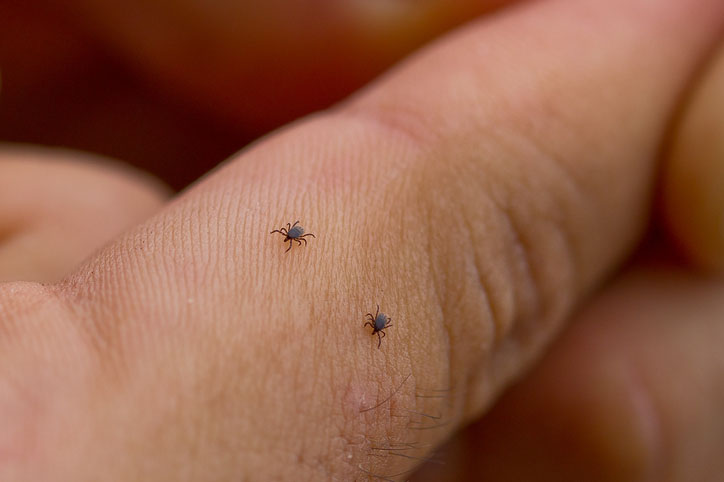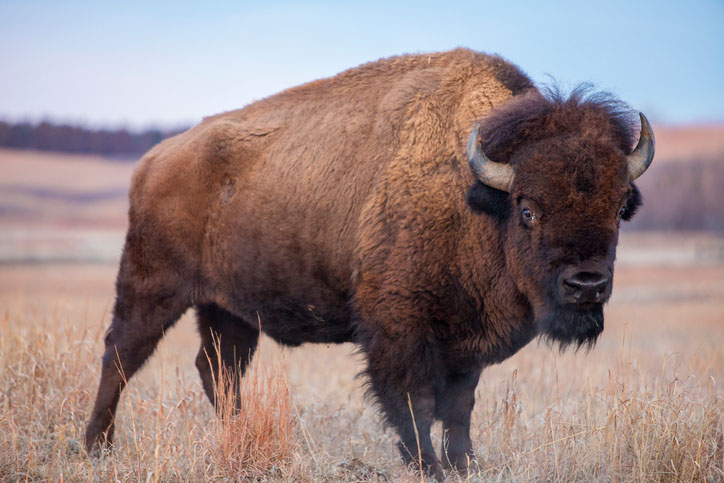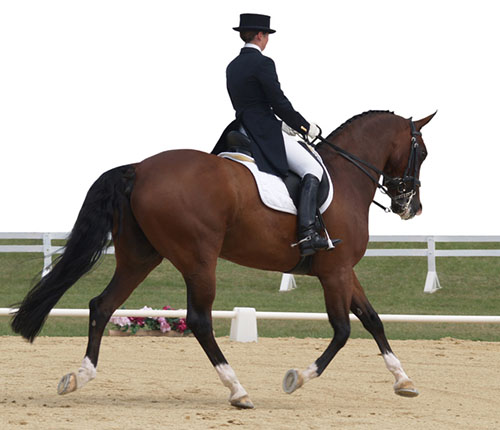Lice in Cattle
In temperate climates, domestic cattle may be infested with one species of chewing louse (Damalinia bovis, formerly Bovicola bovis) and four species of bloodsucking lice (Linognathus vituli, Solenopotes capillatus, Haematopinus eurysternus, and H quadripertuses). Except for H quadripertuses, these lice have a cosmopolitan distribution, ie, they are found throughout most of the world. H quadripertuses, the cattle tail louse, is a tropical louse that has extended its distribution into subtropical areas. In the USA, H quadripertuses has been reported in California, Florida, and in other Gulf Coast states. The cattle tail louse is known to parasitize both European and Zebu breeds of cattle.
Cattle, especially young animals, may be infested with multiple species of lice simultaneously. S capillatus and H eurysternus infestations are more often recognized on mature animals, whereas L vituli is more commonly seen on calves and on dairy stock. For all age classes of cattle, stressors such as high stocking density, poor feed quality, gestational status, and underlying health issues are often contributing factors to susceptibility and degree of infestation. For site predilection on the host, see Table: Site Predilection of Cattle Lice.
Site Predilection of Cattle Lice
Pathogenesis and Disease Transmission:
Pediculosis in cattle can decrease weight gain and milk production, result in weight loss, and cause hide and hair damage. Some sources have reported up to 9% reduced gain in cattle moderately to heavily infested with lice.
L vituli can serve as a mechanical vector for Anaplasma marginale, the causative agent of bovine anaplasmosis (see Anaplasmosis). Outside the USA, H eurysternus populations have been found to contain multiple Rickettsia spp, but the role lice play in transmitting rickettsial agents is not well understood.
Treatment:
A variety of compounds effectively control lice in cattle, including synergized pyrethrins; the synthetic pyrethroids cyfluthrin, permethrin, zetacypermethrin, and cyhalothrin (including gamma- and lambda-cyhalothrin) (beef cattle only); the organophosphates phosmet, chlorpyrifos (beef and nonlactating dairy cattle only), tetrachlorvinphos, coumaphos, and diazinon (beef and nonlactating dairy cattle only); and the macrocyclic lactones ivermectin, eprinomectin, and doramectin. Pour-on formulations are effective against biting and bloodsucking lice, whereas injectable formulations are primarily effective against bloodsucking lice.
Multiple pour-on formulations of 5% permethrin/5% piperonyl butoxide, 5% diflubenzuron/5% permethrin, and gamma-cyhalothrin are labeled for season-long control (~3–4 mo) of lice on beef and dairy cattle. Although both amitraz and spinosad are effective against lice, the last cattle products containing amitraz were removed from the USA market in 2014. Spinosad formulations for use on cattle were officially discontinued in the USA in 2010.
Certain Brahman and Brahman-cross cattle have organophosphate hypersensitivity, which should be considered when selecting a treatment compound.
Because of ease of application and reduced stress to the treated animal, the pour-on method has become a popular way to apply insecticides. Self-treatment devices also can be used, such as back rubbers, oilers, dust bags, and ear tags. Cattle dips have fallen out of favor in the USA because of the labor-intensive nature of the process and amount of chemical needed to keep vats charged with active compound. The compound chosen must be appropriate for the animal's age, reproductive status, and production system. The treatment of meat and dairy animals must be restricted to uses specified on the product label, and all label precautions should be carefully observed. Appropriate meat and milk withdrawal times must be observed. In most countries, regulatory agencies specify tissue residue limits of insecticides and carefully regulate insecticide use on livestock. All regulations are subject to change, and pertinent current local laws and requirements should be determined before treatment.
Husbandry issues (overcrowding, poor feed quality, etc) and underlying health conditions in animals should be addressed. Treatment will be most effective if stock trailers, chutes, and other areas cattle have contacted are cleaned and treated with an appropriate premise spray.





